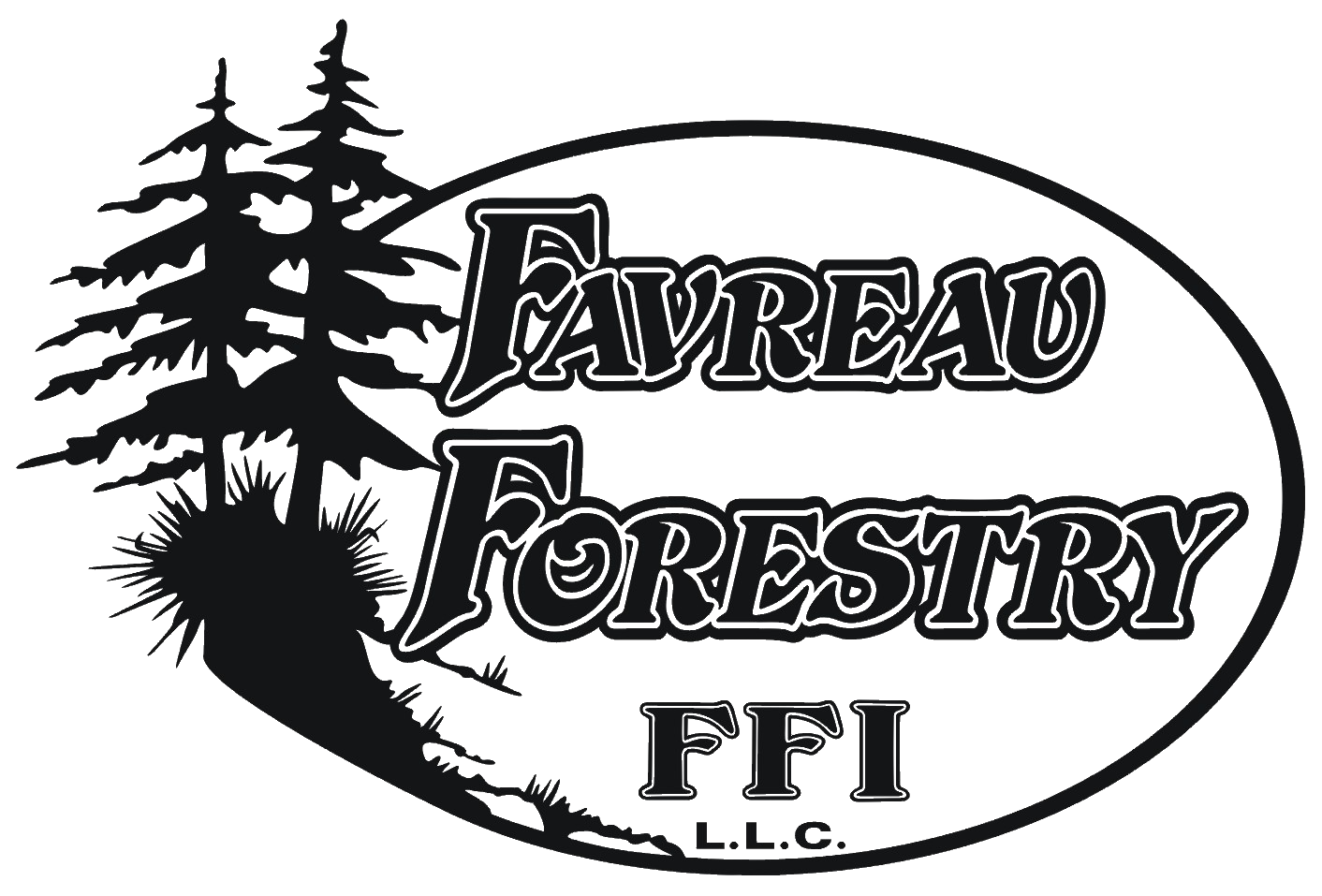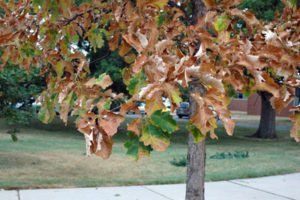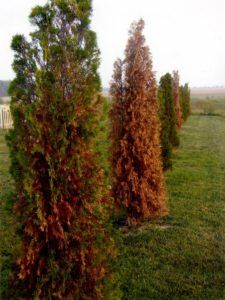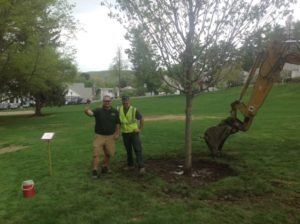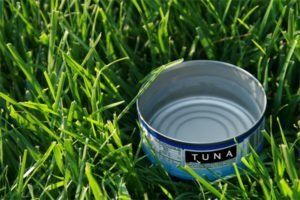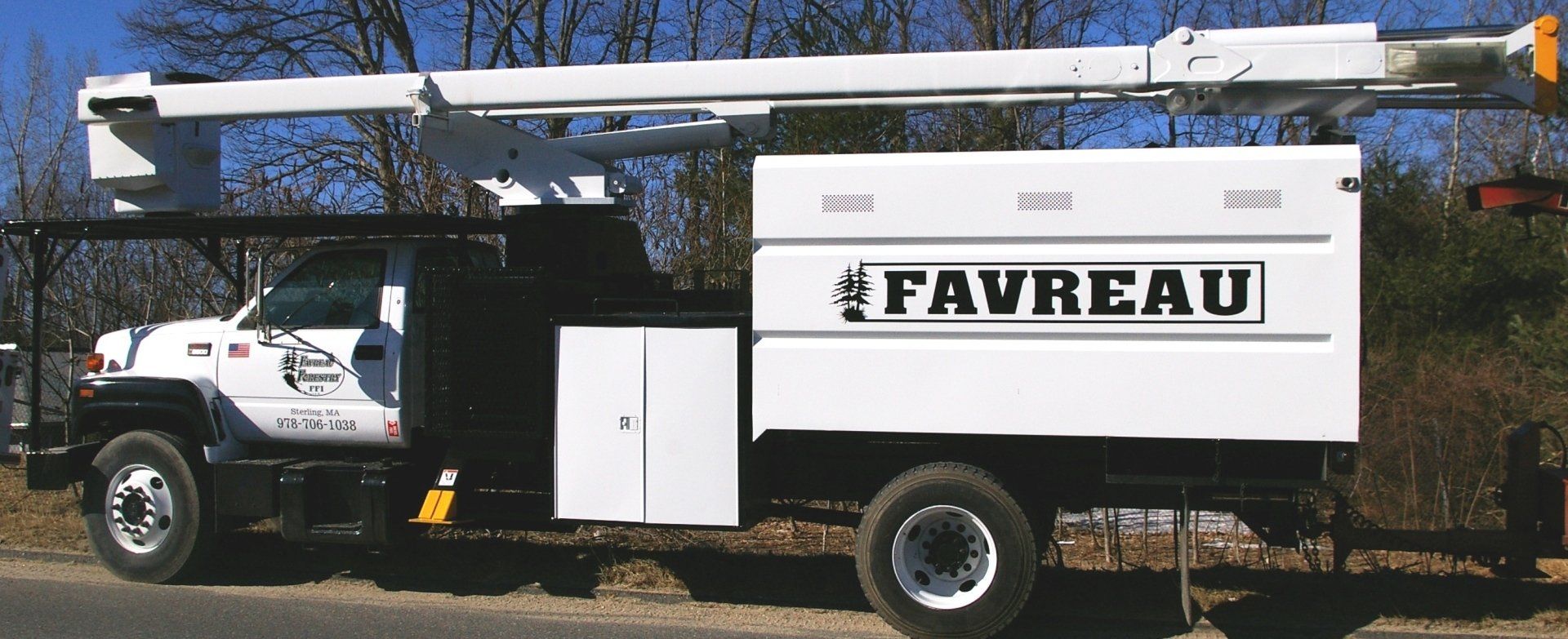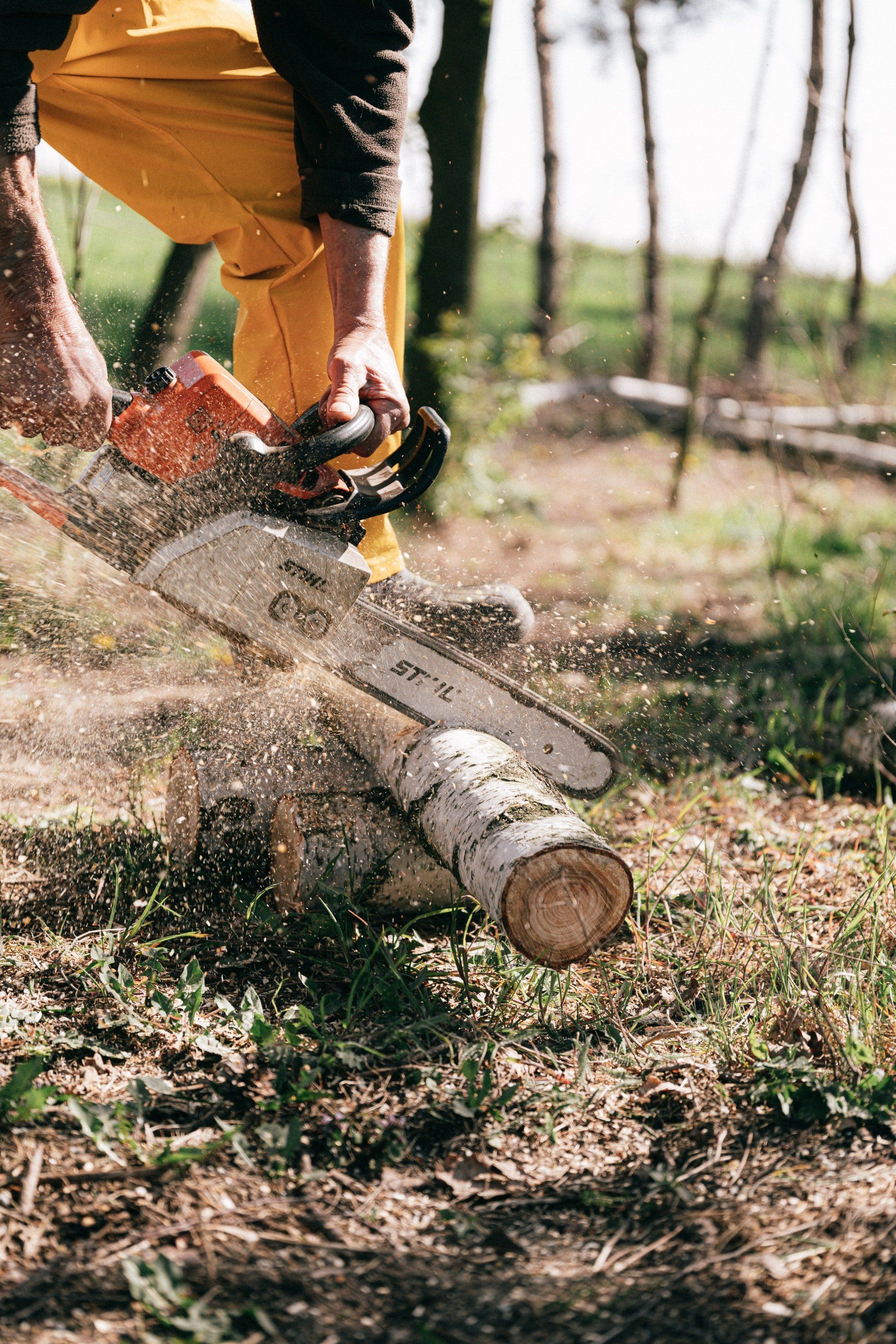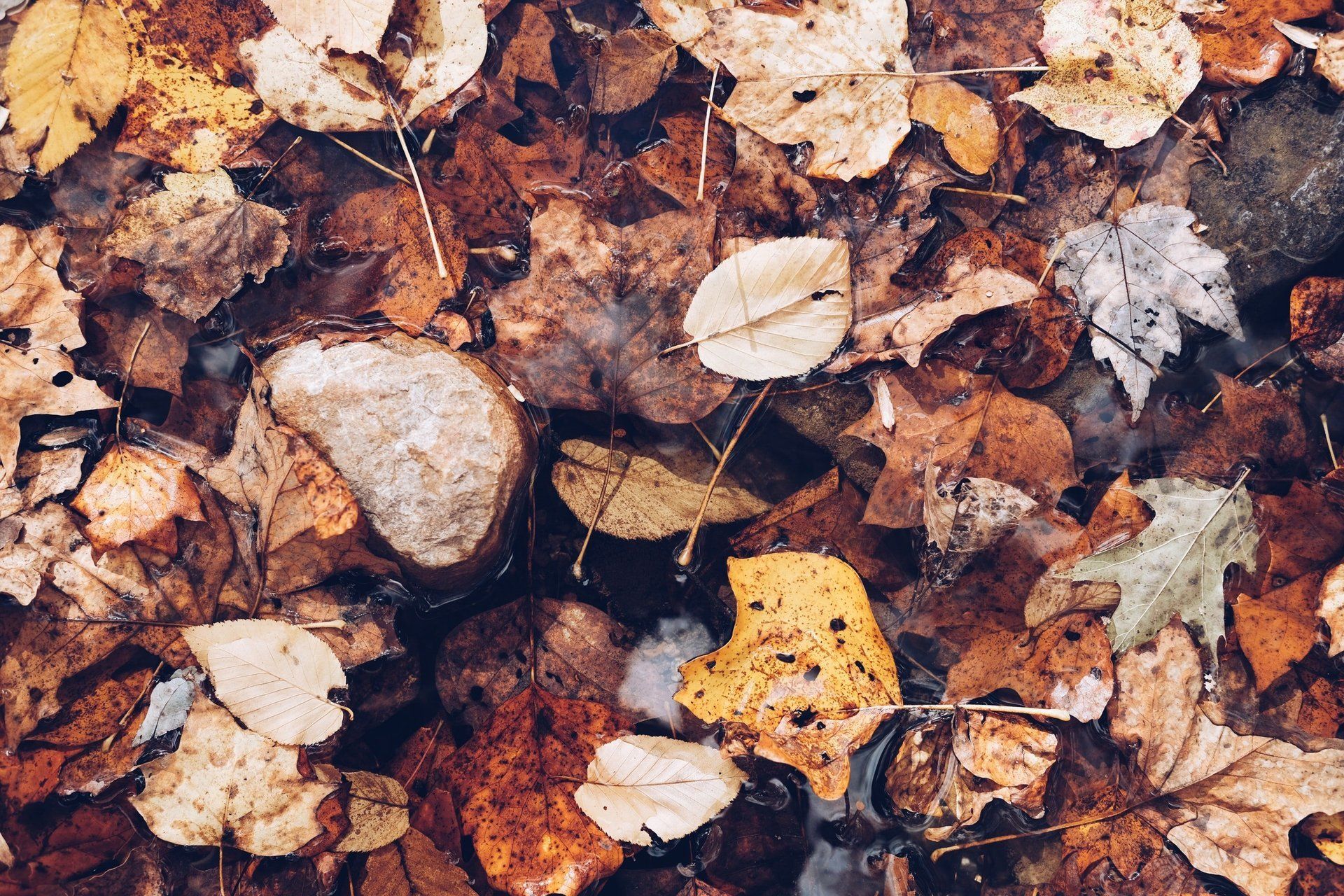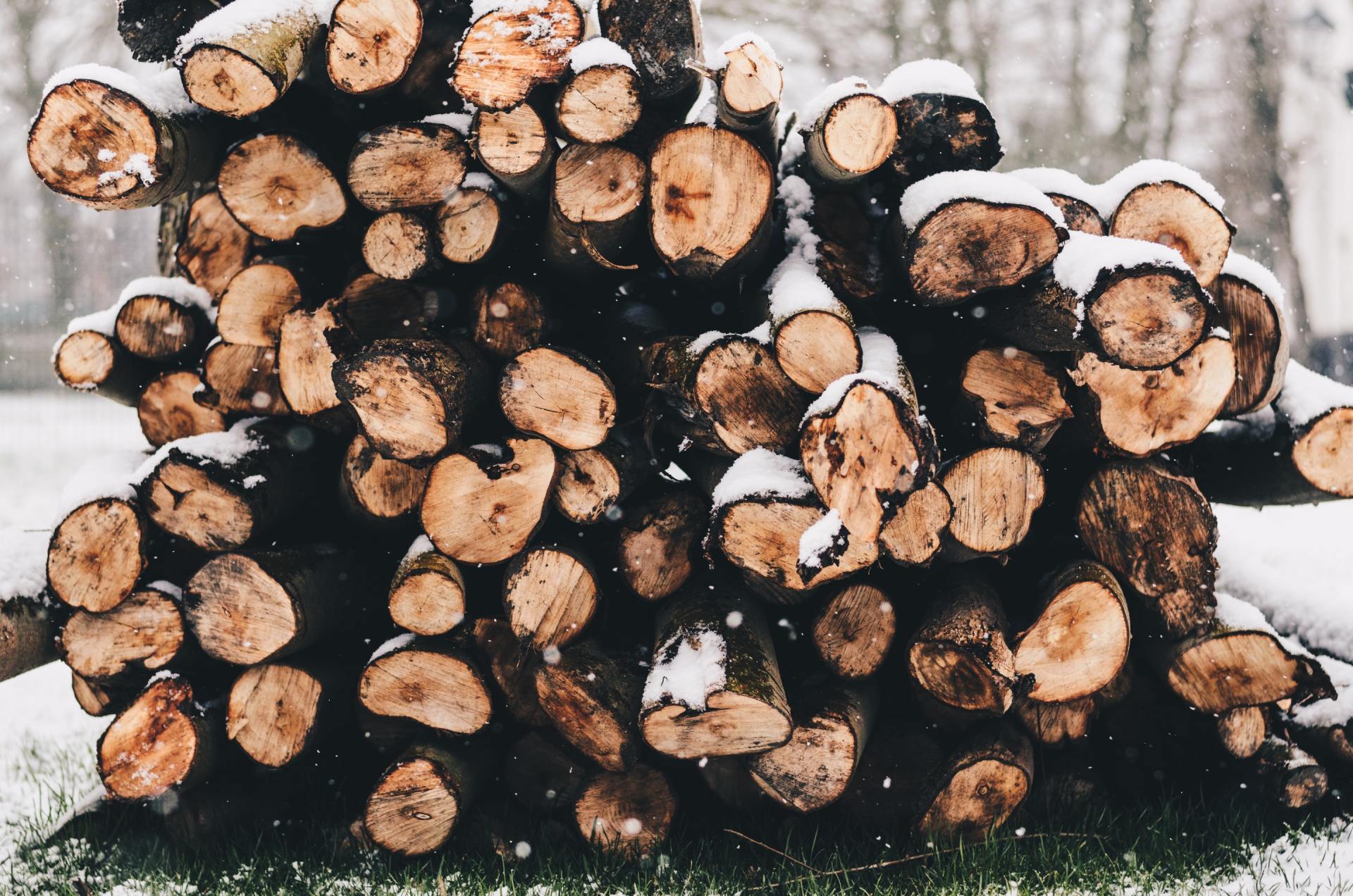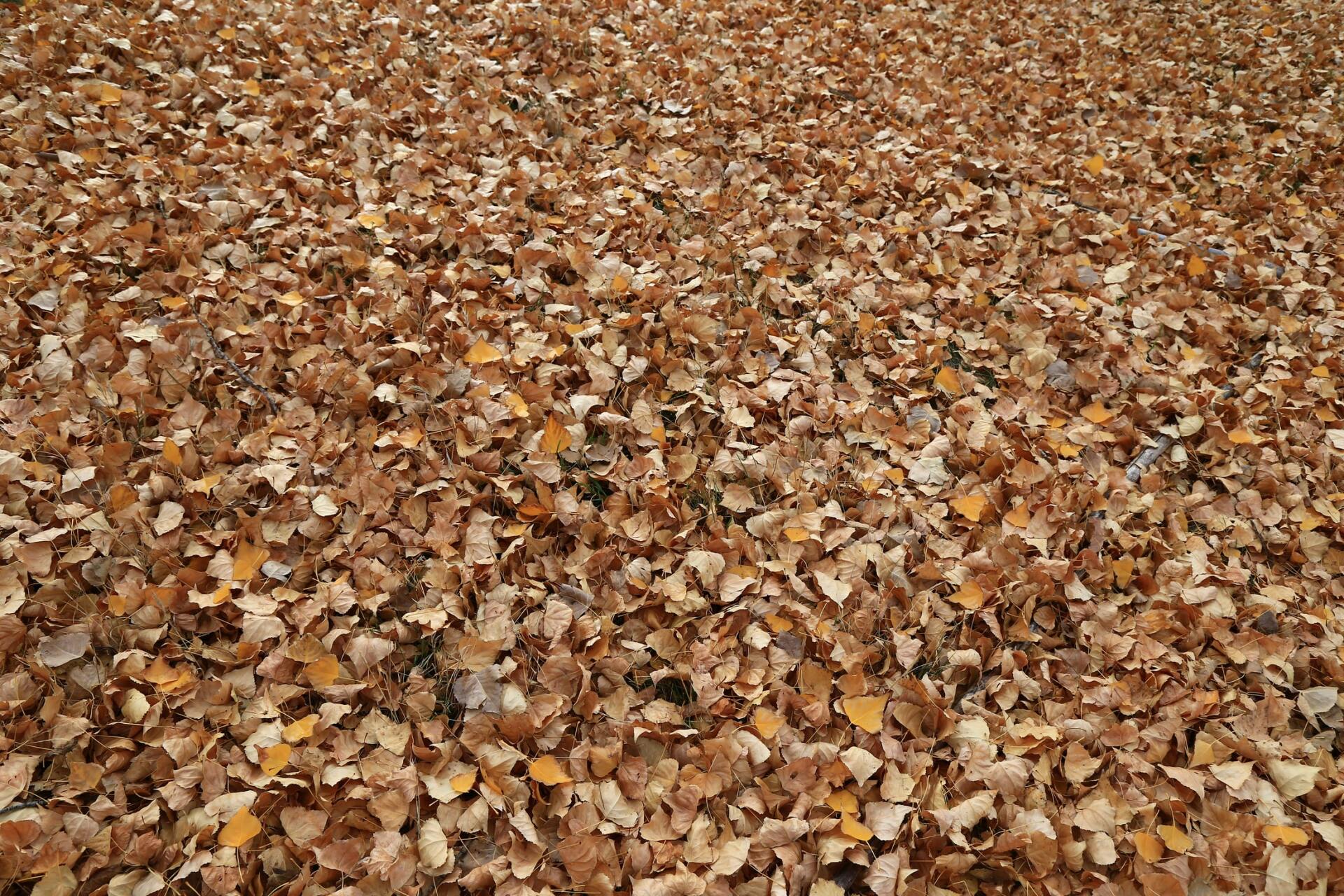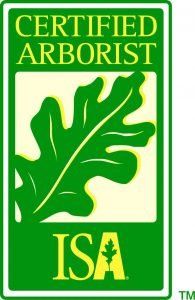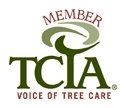We are in a drought – How can I help my tree out?
technical • July 10, 2017
As a child, we would sing:
“Rain, Rain, Go Away, Come back another day!”
If only we had realized how much we needed that rain!
As adults, what do we do when our trees need water and Mother Nature is not providing it?
How to spot a drought effected tree:
- Drought injury can be sudden or take two years to be revealed. Symptoms include tree leaves wilting, curling at the edges and yellowing.
- Deciduous leaves may develop scorch, brown outside edges or browning between veins.
- Evergreen needles may turn yellow, red or purple. They may also turn brown at the tips of the needles and browning may progress through the needle towards the twig.
- If continued drought leaves may be smaller than normal, drop permanently or remain attached to the tree even though brown.
Help the tree conserve the water:
- Improve Soil Structure – remove excess soils burying the flare of the trunk, remove rocks and other impervious materials from beneath the tree canopy and aerate the lawn so that the roots of mature trees are better able to access water and oxygen.
- Reduce Competition – Remove all weeds and grass within four feet of the base of young trees.
- Mulch – Place mulch 4”-6” deep keeping it 4” away from the trunk. (Do not volcano the mulch!)
- Monitor Soil Moisture – place a shovel, small spade or a screw driver into the soil 6”-8” (near the truck for a young tree and under the drip line for a mature tree). Squeeze a handful of the soil, if it feels dry and crumbly add water.
Mature Trees (15+ years) –
These trees vary widely in their need for water, depending on size, age, species, soil type, and slope. Some general guidelines are:
- Apply water slowly and uniformly using low volume application equipment. An oscillating sprinkler head is good option. Place it below the dripline of the tree and make sure the rotation of water reaches a few feet beyond the drip line. The water should saturate 16”-18” of the soil under the tree.
- Frequency of watering depends on temperature, shade cover and presence of mulch. Allow the soil to dry between watering as the trees need oxygen as well as water. For most trees 1 to 2 watering’s per month is adequate.
Young Saplings (1-3 years) and Maturing Trees (4-15 years) –
It is important that young trees receive water regularly.
- Apply 5 to 10 gallons of water per week during mild weather. During hot weather, up to 15 gallons per week.
- The best method is to create a well or berm around the tree. Fill it slowly.
- Trees do not like soil that is always wet. It is best to let the ground dry out between waterings.
Bonus Tip –
If you’re still struggling with knowing how much you have watered take and empty 1 inch tall metal tuna can or cat food can beneath you tree, turn on your sprinkler and then turn it off the water once it is filled.
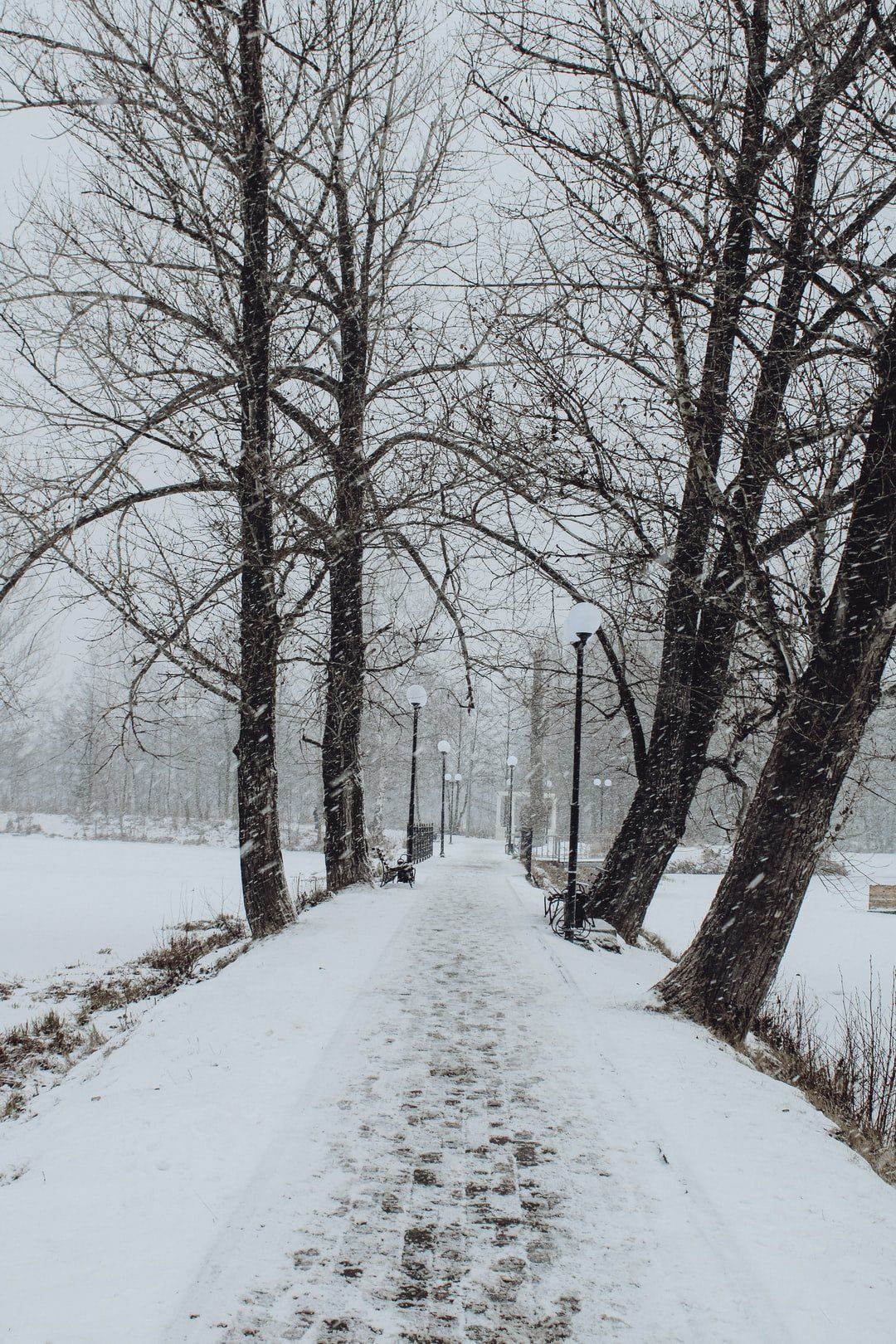
Here in New England we are known for some harsh winter storms. Winter storms that bring in heavy snow and ice can cause damage to trees by breaking or bending branches. Larger trees with co-dominant stems are at most risk for damage from these types of storms. To avoid damage proper pruning of peripheral branches and co-dominant branches will reduce leverage of the tree therefore reducing the risk of storm damage by removing weak branch attachments. Example: Make cuts at the union of the co-dominant branches and take off small peripheral branches bringing in the crown of the tree making the branches stronger for winter storms.

The emergency alert tones are sounding on the TV the hurricane is making a direct hit in our part of the state. The wind is howling, trees are bending, the rain is hitting the house sideways and the kids are building a fort to protect them from the disaster. Even at a young age humans prepare for things that could go wrong. But are you preparing the correct way?
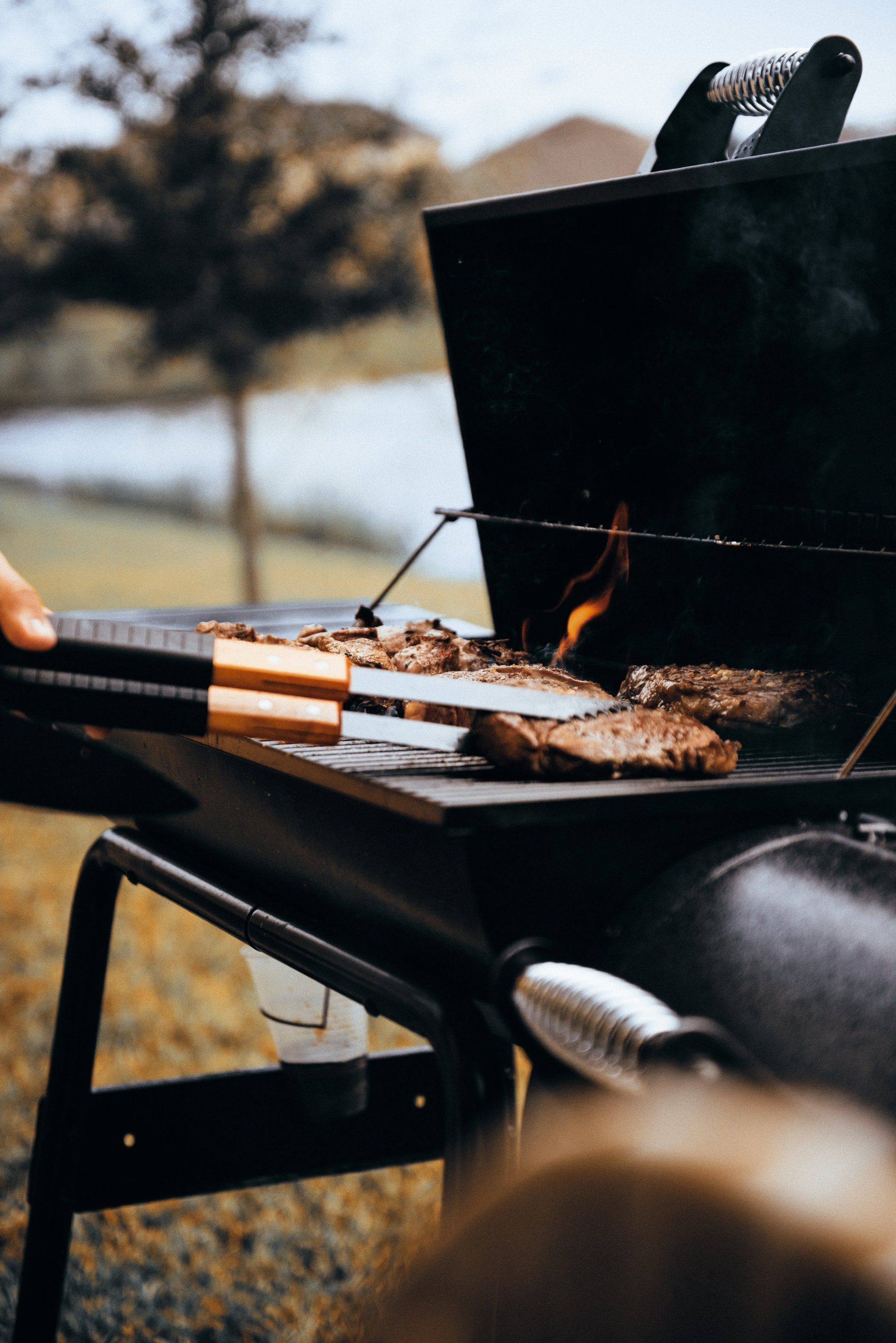
Steaks are sizzling on the grill; the children are playing tag in the yard and your Mother-in-law gets up from the table walks over to the grill and falls. Everyone runs to her aid (if she is like Mother-in-laws that I know this will be a very dramatic event.) She is laying there oohing and awing, you get her upright and seated. To your relief, the only injury is to her pride. Now you focus back to the sizzling or should I say burning steaks. You walk over to serve the charcoal steaks only to find out that everyone at the BBQ is blaming you for her fall. Huh? What? I was at the grill… If only you had been proactive this whole experience could have been avoided…. When you finish reading this I want you to walk outside and look at your trees through an Arborist’s eyes. Look up! Are there dead, broken or hanging branches? If so, they are at risk of falling and hitting your poor mother-in-law, child playing in the yard, or the precious family pet, Fido. Look down! Do you have tripping hazards? Rotting stumps, roots that stick out of the ground or branches that have previously fallen. Think back to the last time the lawn was mowed… Did it seem more like you were in a fight? Bobbing, weaving, and ducking? Trim the branches of the unruly trees, raise the canopy for clearance or grind down that root that bends your blade at least once a mowing season. Walk closer to your trees… Are there mushrooms growing on it or around the base? This is typically a sign Armillaria or root rot. Does it resemble the leaning tower of Pisa? If you answered yes, your trees need some attention before they become more of a risk.
